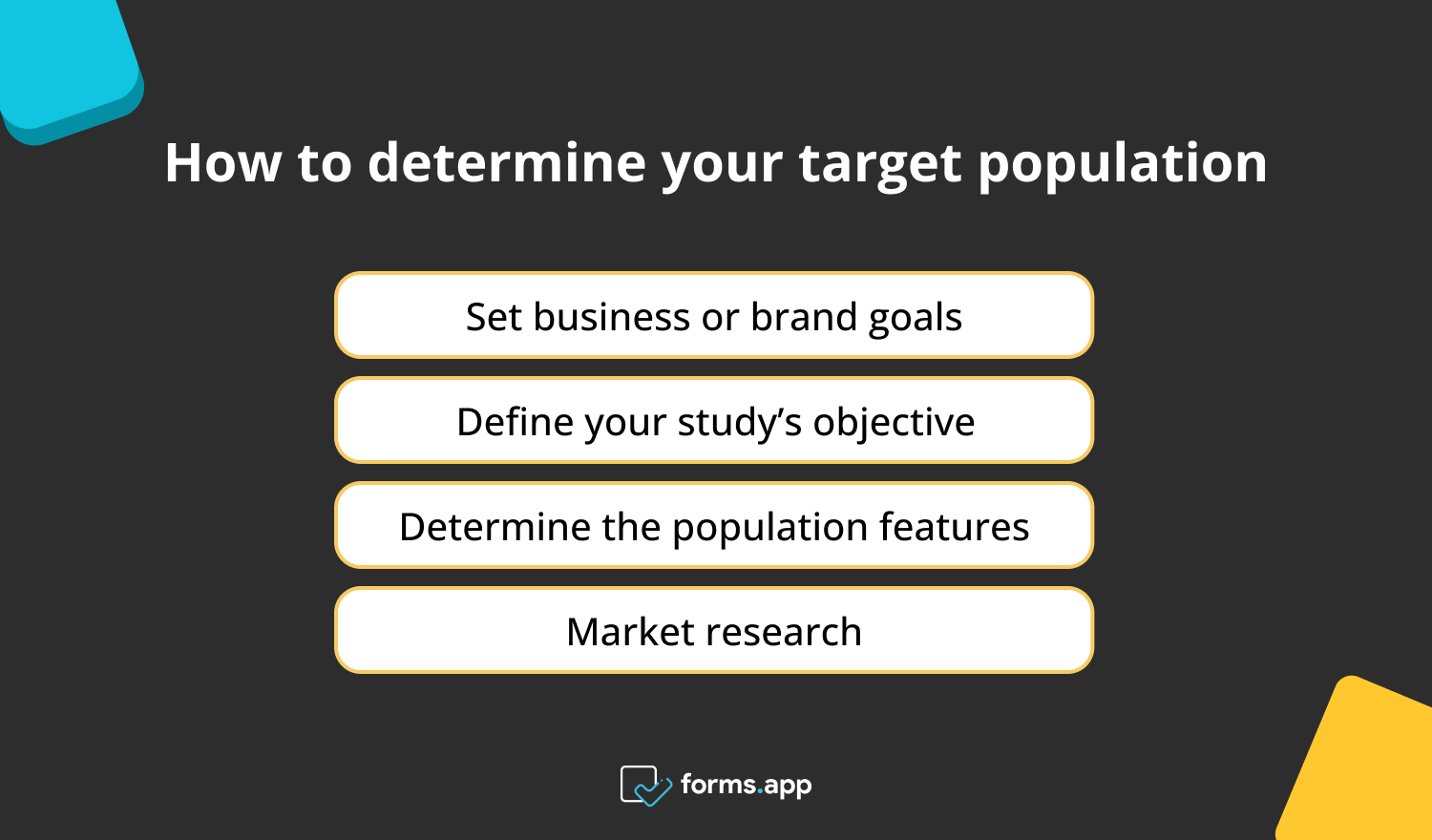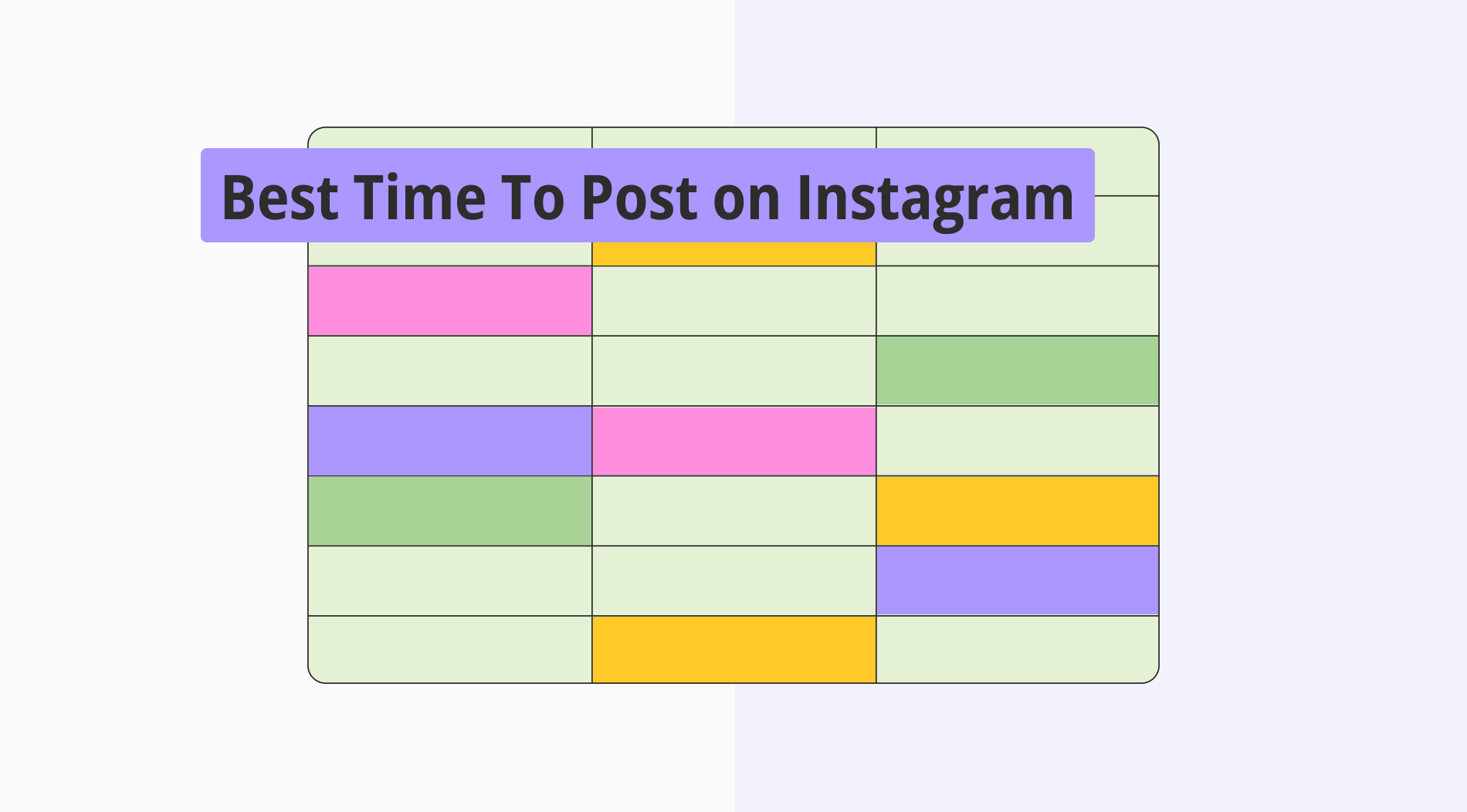Researchers should consider many factors for the research to be successful when conducting research. One of the essential steps is identifying the target population for the research study early on while planning a market research study and thinking about goals and objectives.
A target population sets a clear direction on the scope and object of the research and data types. This article will explain what the target population is in a research example and Frequently ask questions about the target population with all the details.
What is the target population in research?
The population that the intervention is intended to study and take conclusions from is known as the target population. A target population, also referred to as a target audience, is a group of people with particular characteristics that may be effectively defined to distinguish them from the general population.
The target population aims to comprehend and assess their preferences and behaviors to promote a particular good or service or to research a specific feature that frequently manifests itself in their behavior, such as behavior patterns. It is a notion that has to do with business market segmentation tactics.
A target population is typically a group or collection of factors you want to learn more about. The target population is a subset of the general public identified as the targeted market for a given product, advertising, or research. It is a subset of the entire population chosen to serve as the objective audience.
How to determine the target population in a research design
Identifying the target population requires careful preparation, precise research questions, and a robust study design. It will assist you in obtaining trustworthy and accurate information that responds to your study issue or concern.
The target group is frequently chosen based on characteristics or demographics such as age, gender, employment, income, or health condition. The research's conclusions are then extrapolated to the broader population from whom the target sample was selected.

How to choose your target population
Narrowing objectives is one of the most sensible things for businesses to do when identifying a target market so that their goods or services may be promoted effectively. The quality of the service will rise, and controllability will be significantly aided by an attempt to offer a more specific target population.
First, you should define the target population you wish to attract with your marketing campaigns to create a target audience. The following steps will assist you in determining the population.
- Set business or brand goals: This is essential in creating a content strategy or developing a marketing plan.
- Define your study’s objective: You should clearly state your study's motivation and objective.
- Determine the population features: Determine the features of your intended audience. Gender, age, educational background, socio-economic situation, and career should be determined.
- Market research: Market research is the process of collecting and analyzing data about the market in which a business operates to understand the target audience and the potential of a specific product or service.
3 target population examples
Target population determination is an ongoing process that requires research, analysis, and adjustments. You can identify the specific group of people you want to reach with your marketing efforts and create a strategy to interact with them effectively. Here are 3 target population examples.
- Determining target population according to specific features: Let's say you are researching school service fees. First, you should consider specific characteristics when determining the target population. As parents whose children go to school and parents who send their children to school by service, you can narrow down your target audience in your research.
- Determining target population according to characteristic features: Another example is you are launching a new perfume as a cosmetics company. Your further perfume appeals to young women. You should determine the age group of the target population. Then you focus on gender, and maybe you can consider the women using perfume. You can choose your target population in this way.
- Determining target population according to target audience: The last example is that you are a business manager and want to measure the customer's satisfaction with a product. The target population would be all the customers of a particular business.
Frequently asked questions about the target population
The target population is a big group of people that researchers are looking at. The target population is very similar to other population types. There are frequently asked questions about the target population.
In quantitative research, the term "target population" refers to the group of people or things the researcher wishes to analyze and draw conclusions about based on the data collected.
In qualitative research, the term "target population" refers to the group of participants or subjects who are of interest to the researcher to explore, comprehend, and examine subjective experiences, behaviors, attitudes, or occurrences. Audiences often choose The target group based on criteria like gender, age, education, and other features.
The difference between the sample population and the target population is that the target population is a more significant subset of the target population chosen for the research project. In contrast, the sample population is the entire group of people or things the researcher is interested in working with.
The difference between the target and accessible population is that an accessible population is that portion of the target population that may theoretically be included in the study. In contrast, a target population is the whole set of instances the researcher desires to analyze.
The difference between the target population and the sampling frame is that the sampling frame is a subset of the target population. The sampling frame typically serves as the starting point for the sampling process. The sample is a portion of the population and the individuals or items you have access to. In contrast, the target population is the entire group of people or objects to which you desire to generalize the results of your study.
The difference between the population and the sample is the target population is much larger than the sample. The target population is the entire group or items the researcher intends to examine and draw conclusions about. On the other hand, a sample is a subset of the target population that is selected for study.
Conclusion
In conclusion, a researcher's target population is the group they are trying to comprehend. When the target audience is analyzed, new information may be found that enables the business to launch various advertising campaigns tailored to the target population's income levels and attitudes.
This article has explained the definition of the target population, How to determine the target population in a research design, and examples of the target population. When you read this article, you can learn all details about the target population.
Sena is a content writer at forms.app. She likes to read and write articles on different topics. Sena also likes to learn about different cultures and travel. She likes to study and learn different languages. Her specialty is linguistics, surveys, survey questions, and sampling methods.



